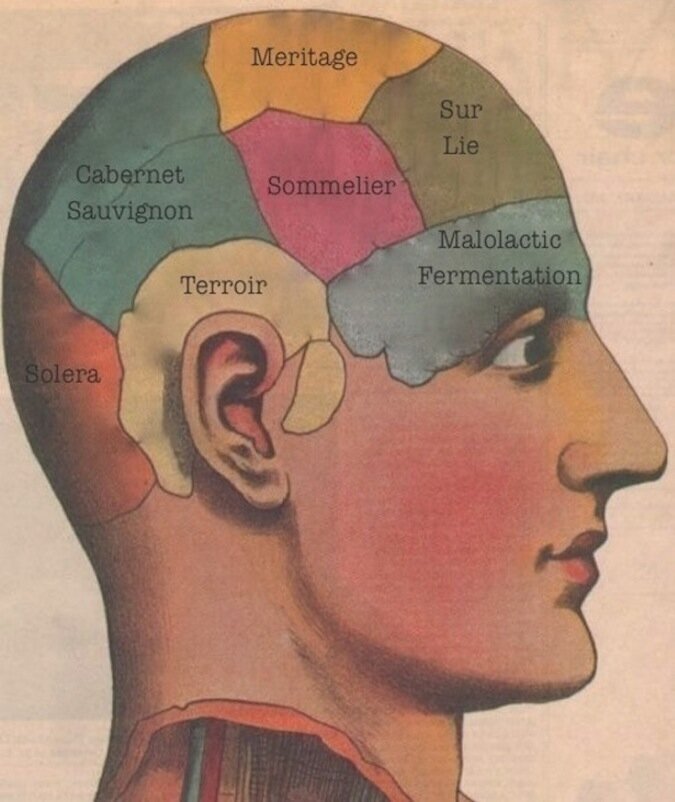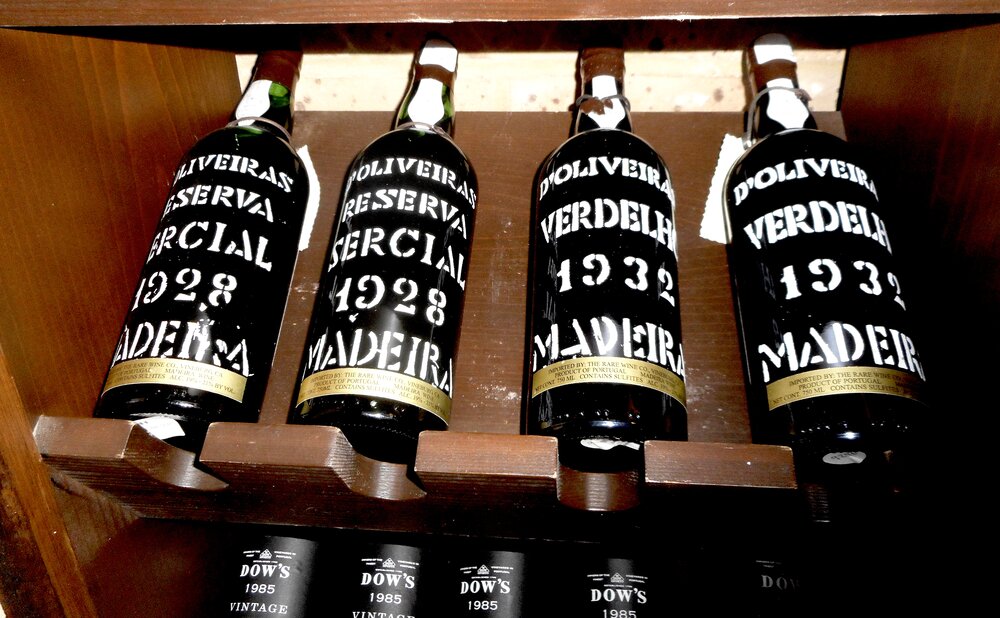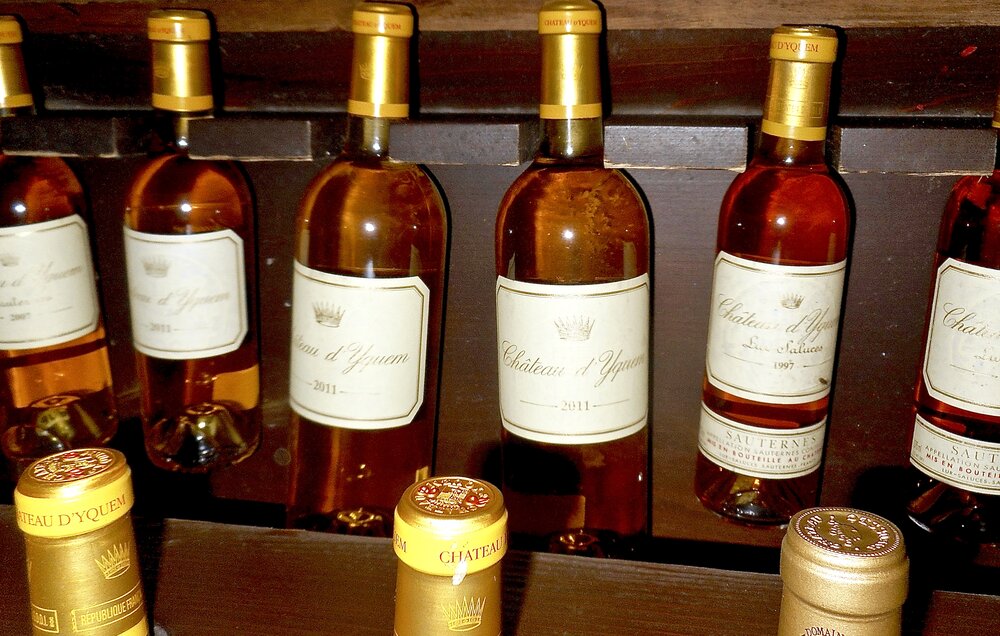


Key to learning about wine, sweet wines in particular, is a little term called Residual Sugar which is our Wine Word of the Week. While there are many factors that ultimately determine the perception of sweetness in wine, residual sugar is the actual amount of sugar left in a wine after the alcoholic fermentation - which can end in a variety of interesting ways.
During fermentation, yeast converts sugar into (1) alcohol and (2) carbon dioxide (yeast + sugar = alcohol & CO2). The carbon dioxide gas is generally allowed to dissipate (except in the case of sparkling wine) and the fermentation process is complete when either: (1) the yeast consumes all of the fermentable grape sugars, resulting in a dry wine, (2) the alcohol level becomes too toxic for the yeast and it dies, leaving some residual sugar in the wine; or (3) the winemaker halts the fermentation prematurely. In fortified wines for example, the winemaker halts the fermentation by the addition of a neutral grape spirit which kills the yeast, leaving oodles of residual sugar in the finished wine.

Residual sugar is often measured by either (1) percentage, or (2) grams per liter (aka g/L). Generally speaking, the threshold level for a wine to be considered sweet is around 35-45 g/L, although many sweet wines actually far surpass 150 g/L! And it's not uncommon for dry wines (dry meaning "not sweet") to contain low levels of residual sugar at imperceptible levels (i.e. 10 g/L), since some sugars are unfermentable.
WINE SNOB ALERT: Many Wine Snobs will refer to residual sugar as "RS" especially when they're in the company of someone they are trying to impress or intimidate. They've also been known to snidely ask the uninitiated, "Hmmm, do YOU detect some RS in the wine?" To which you should confidently reply, "Hmmm, I don't know, do YOU?"
Other factors can also affect the perception of sweetness in wine including acidity, tannin and alcohol. Acidity and tannin tend to mitigate the perception of sweetness, while alcohol can actually increase it. Some high acid wines that have high levels of residual sugar, such as Vouvray from the Loire Valley and German Riesling, can be perceived as dry because the sweetness is balanced by the acidity. Such is the case with sparkling wines as well.

I hope you enjoyed learning about residual sugar, my latest Wine Word of the Week! And if you happen to know any wine lovers who'd like to learn more about wine, please feel free to share this post with them. And if there are any “wine words” you’d like to learn more about, please feel free to share them in the Comments section below and I'll do my best to demystify them for you.
To see previous WWOTW posts, please click here and, as always, thanks for reading!
Stephanie Miskew
Author